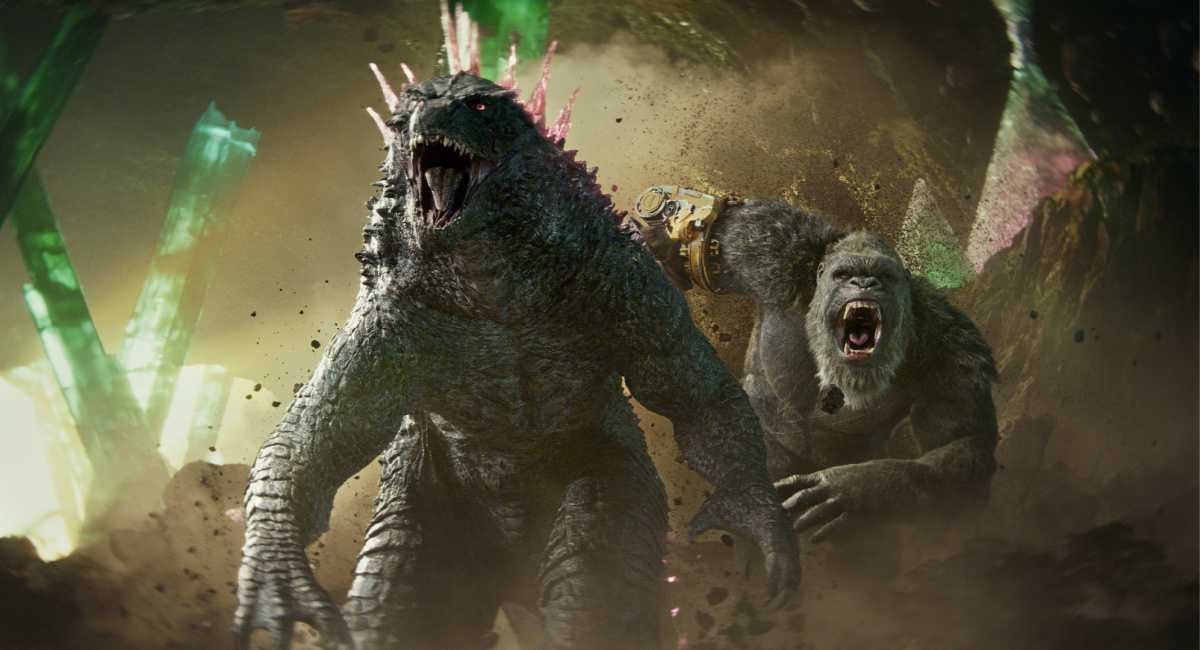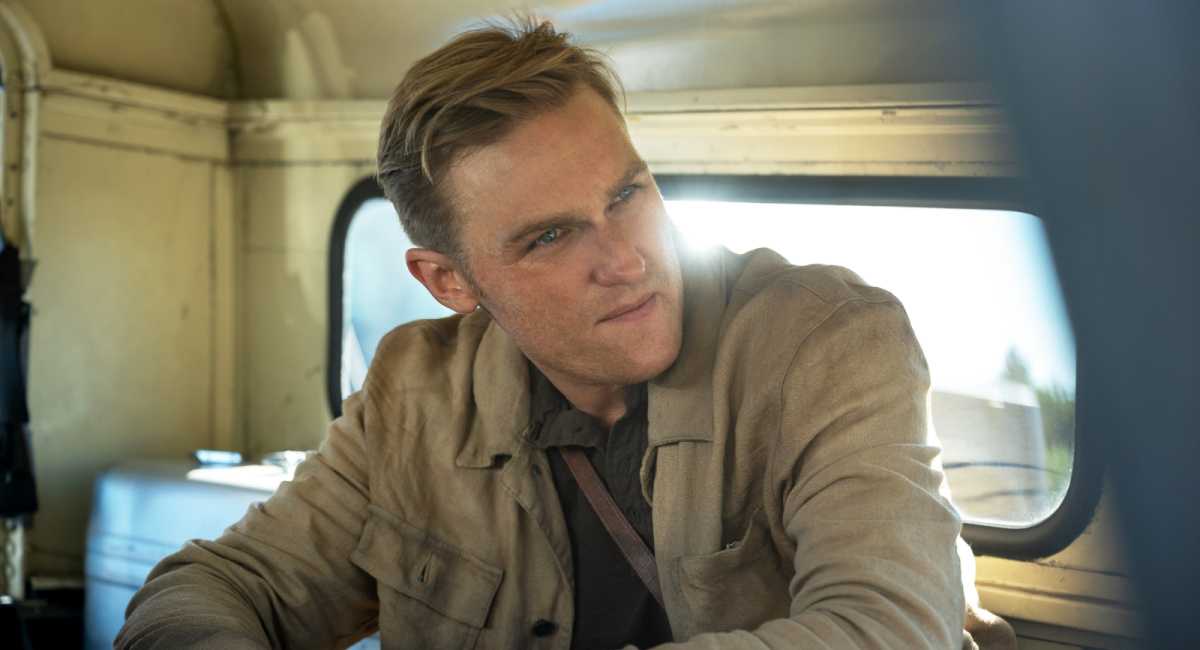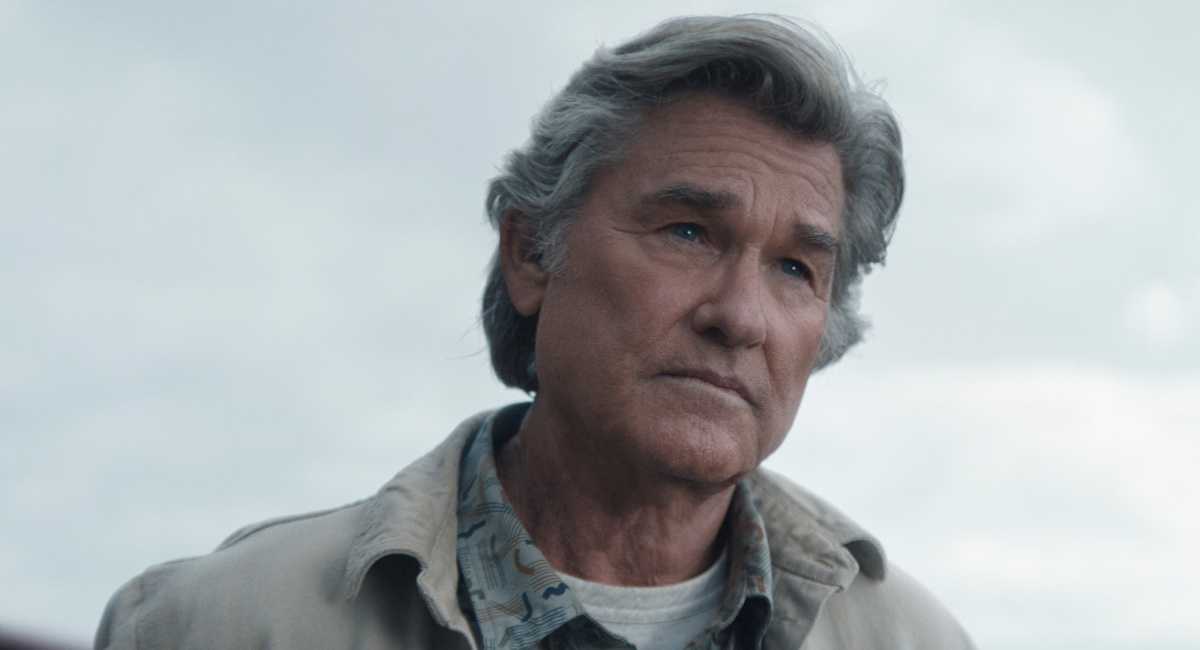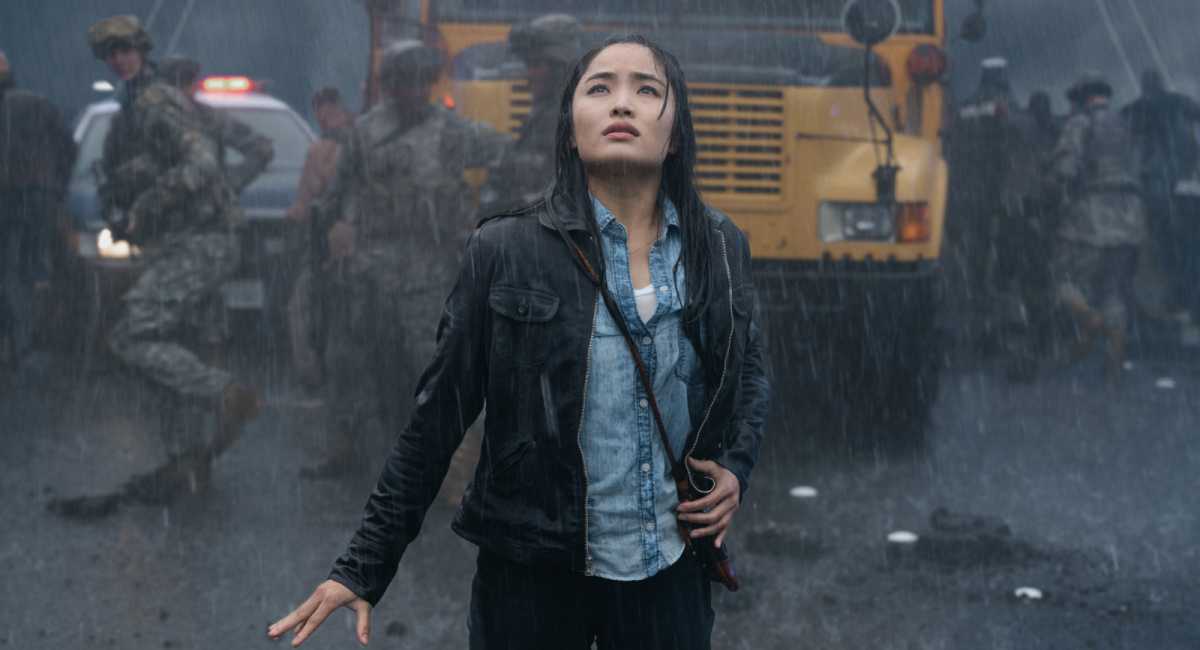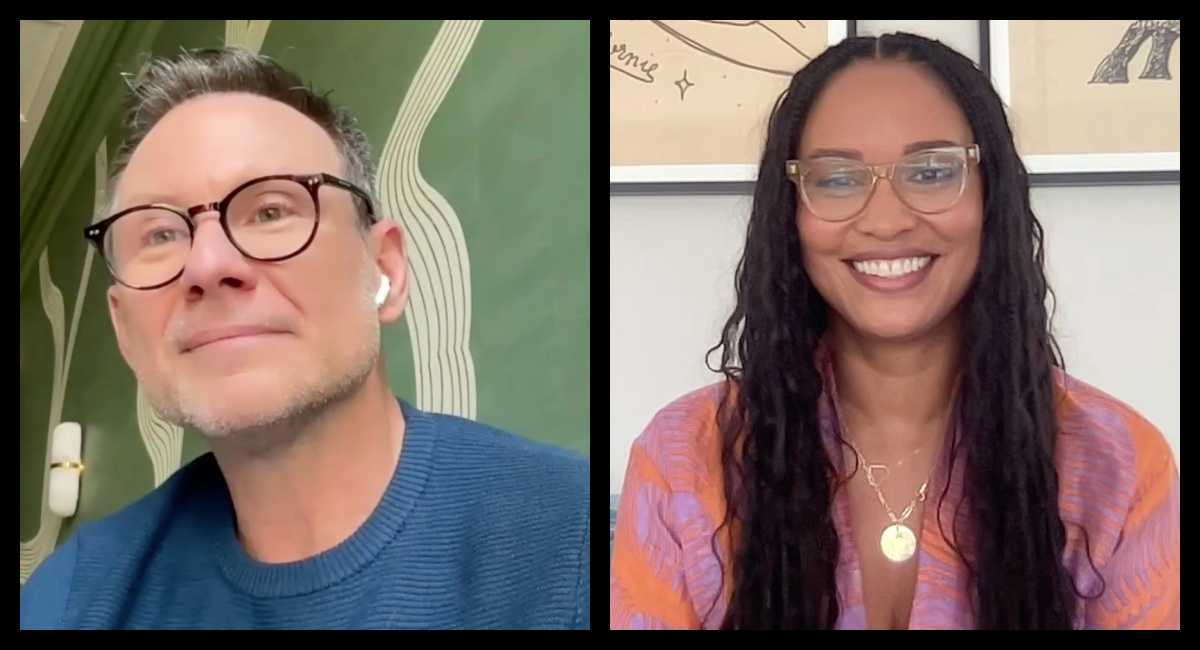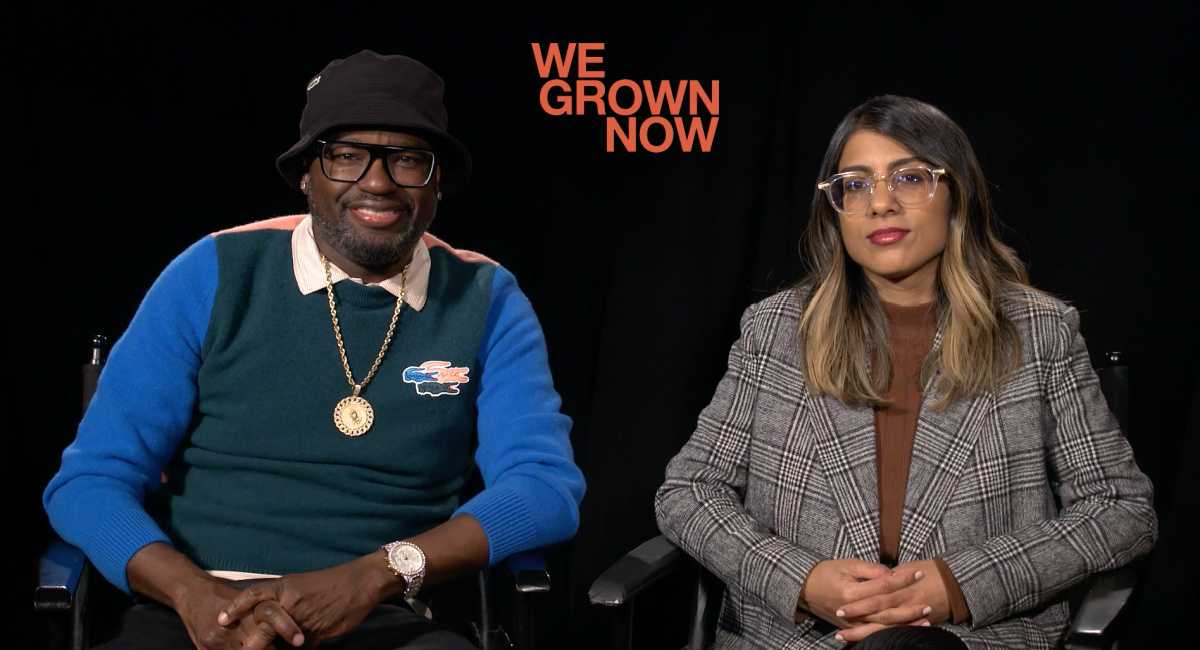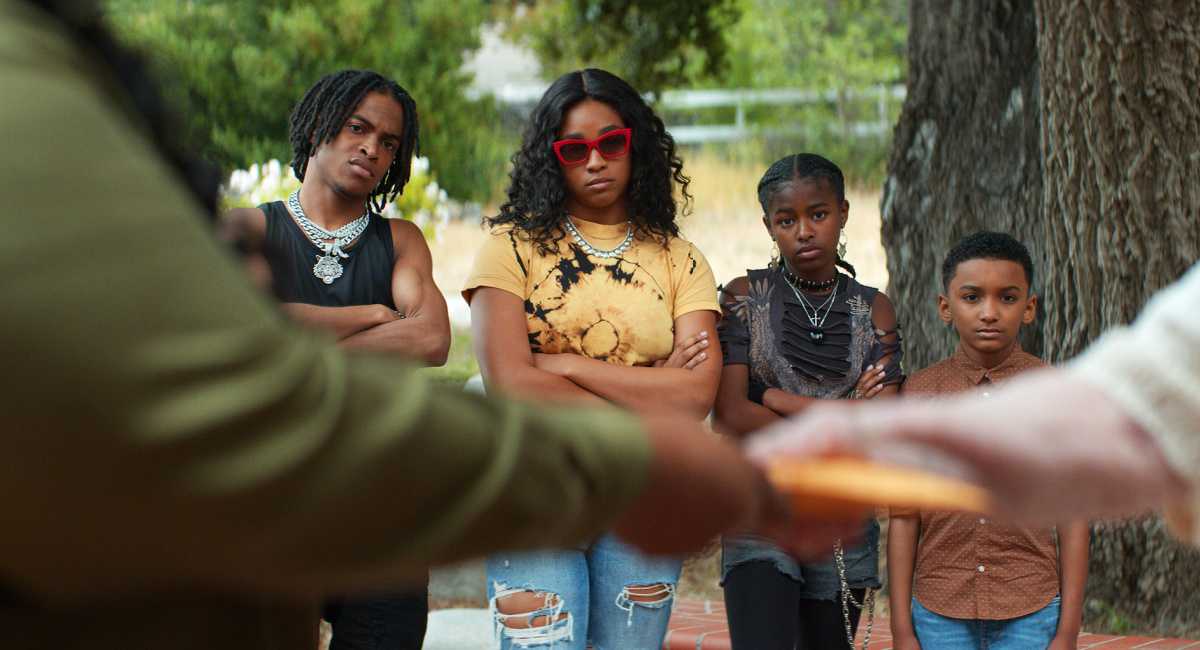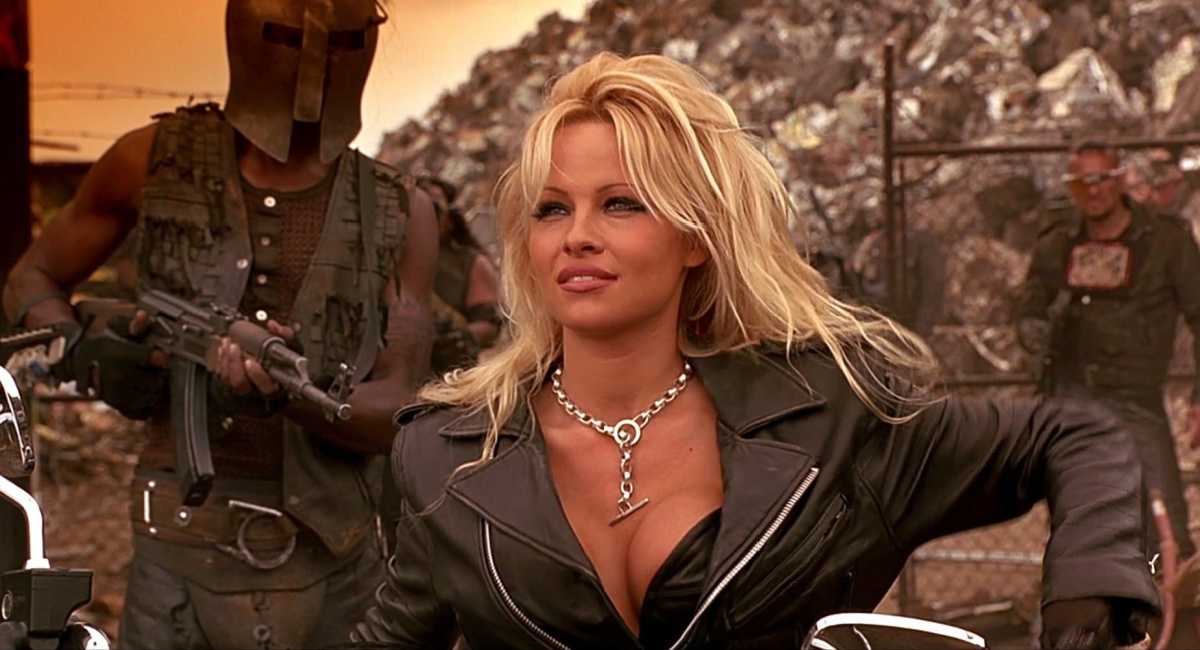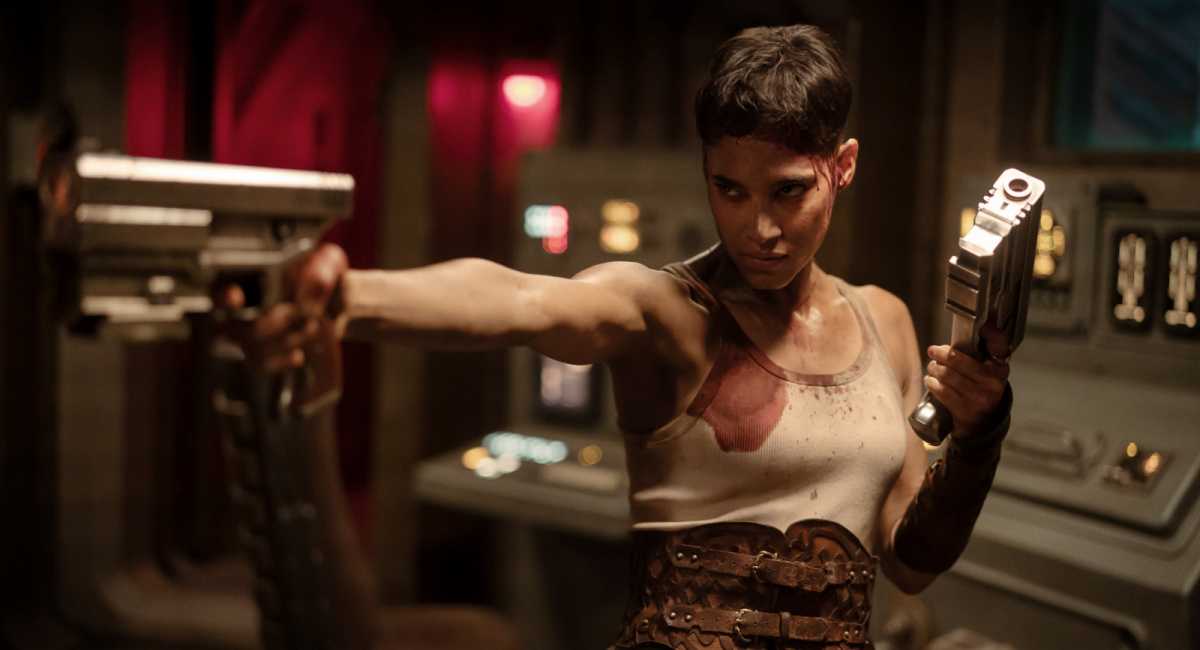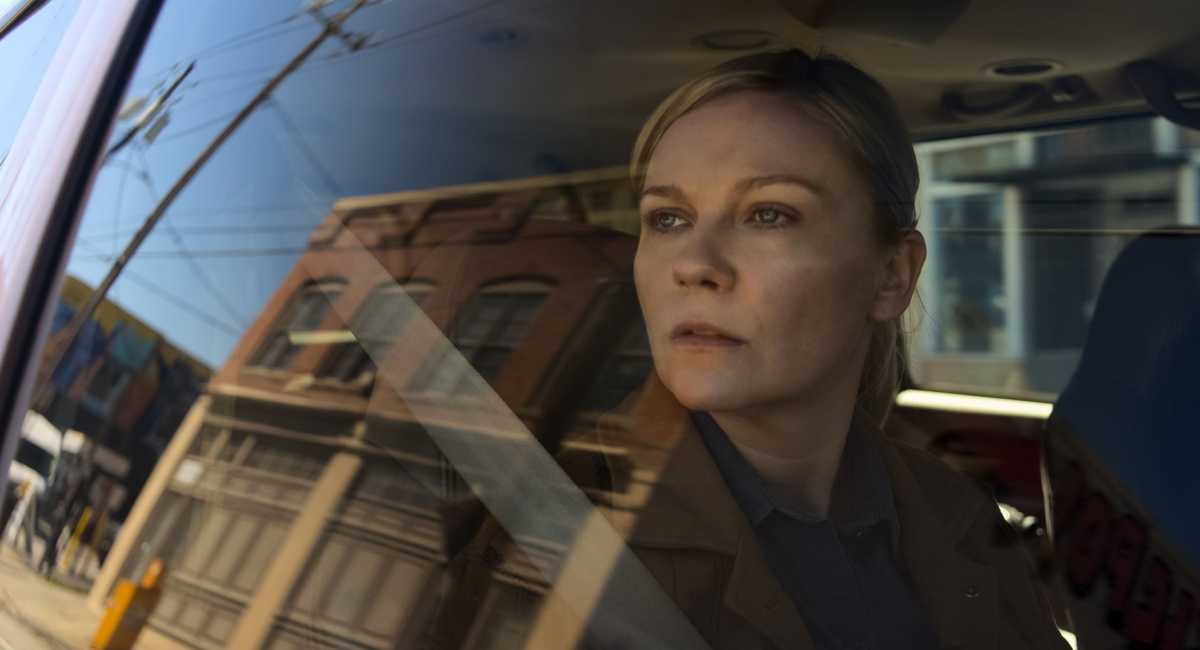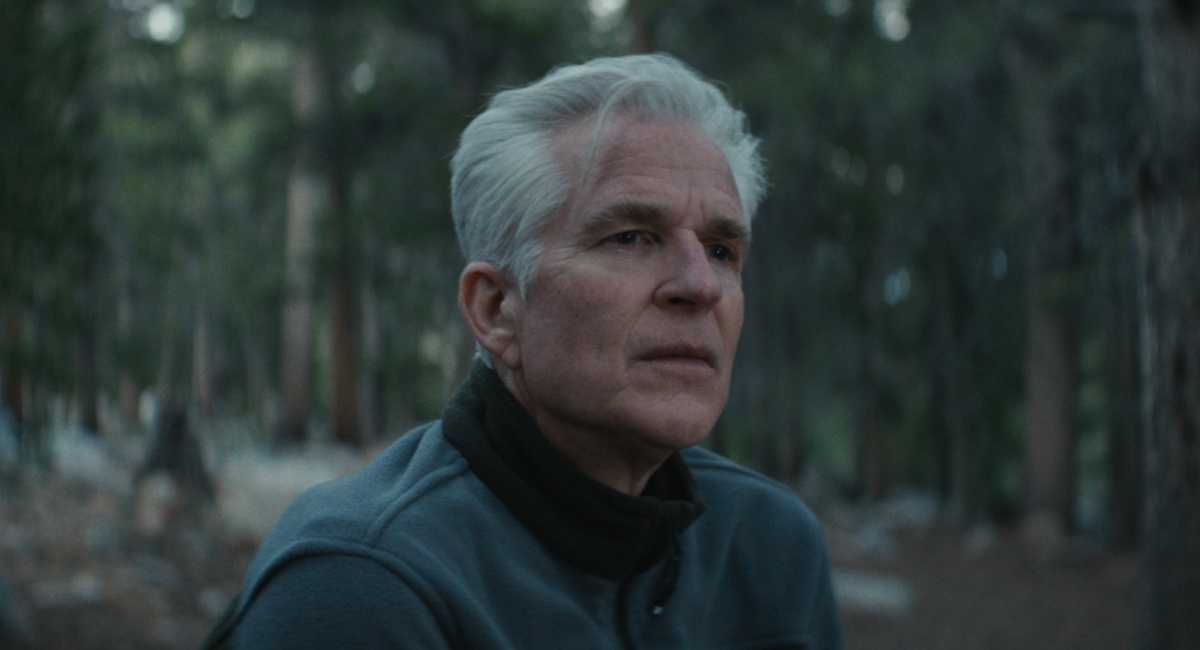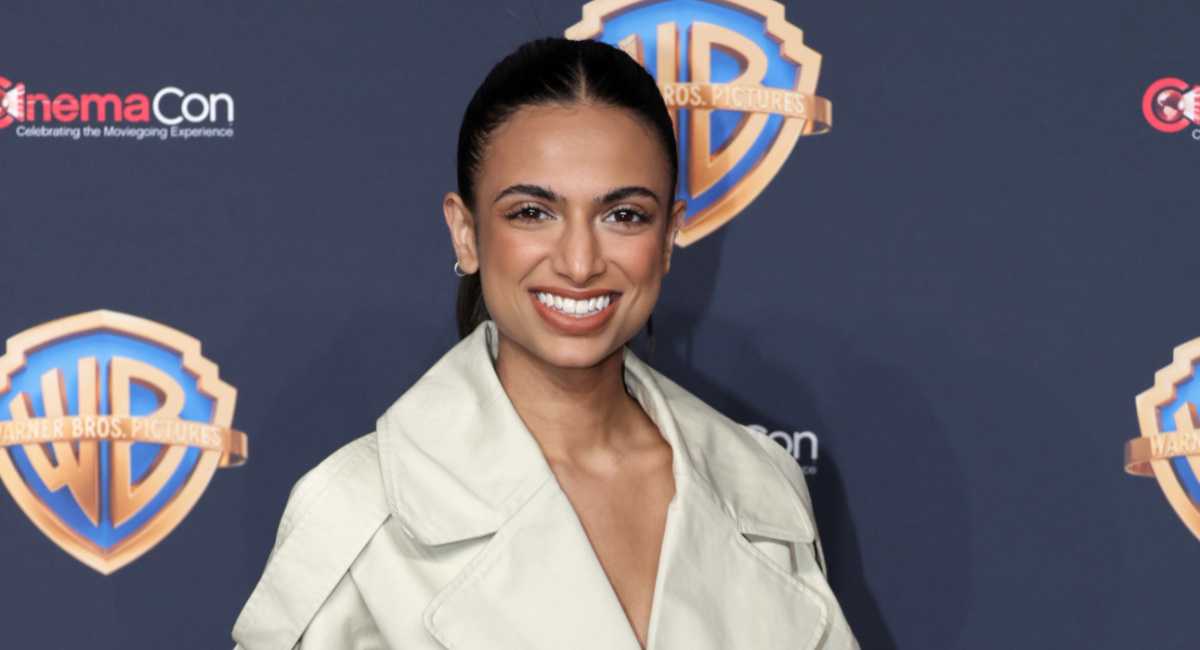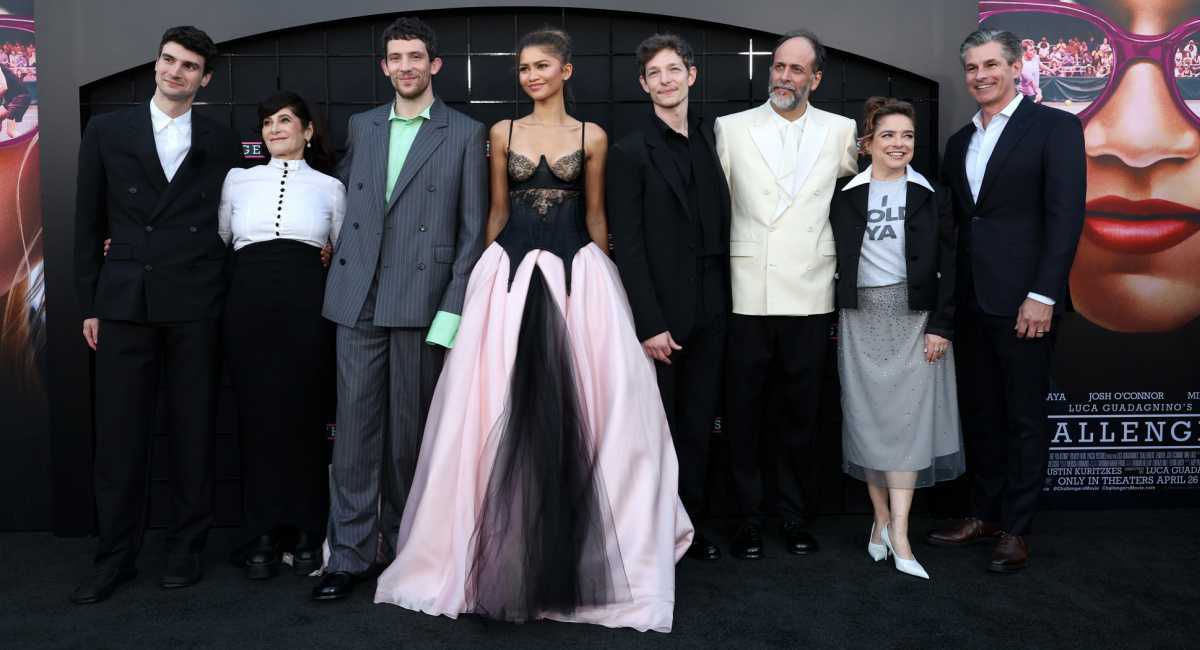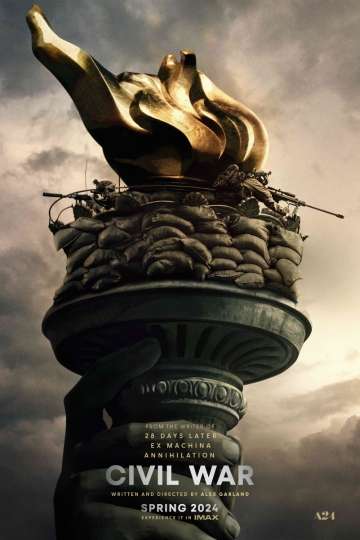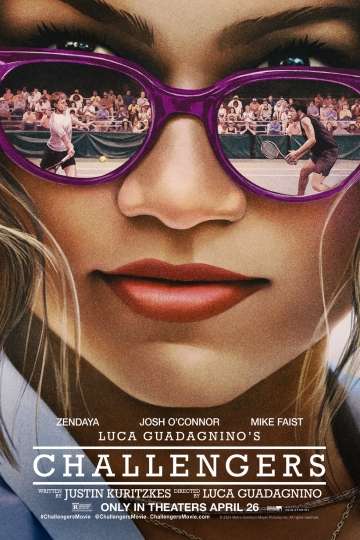'Godzilla: King of the Monsters' Director Mike Dougherty on What a Godzilla-Based TV Show Could Feel Like
Love it or hate it, 2014’s moody “Godzilla” reboot did a wonderful job of setting the table. It introduced the clandestine organization Monarch, which had been tasked with tracking and monitoring a plethora of giant monsters and established a grittier (but not humorless) atmosphere that gave realism and weight to a potentially hilarious concept. (2017’s “Kong: Skull Island,” recounting a post-Vietnam mission by Monarch to the mysterious island that served as King Kong’s home, maintained many of these core concepts.) So, with the table neatly set, this week’s “Godzilla: King of the Monsters,” does an excellent job on following through; and if you thought there wasn’t enough giant monster action in the 2014 film, well, this movie is for you.
Taking place five years after the events of the first film, this new entry in Legendary Pictures’ burgeoning Monster-Verse, follows a pair of separated Monarch scientists (Kyle Chandler and Vera Farmiga), who lost a son during the Godzilla rampage depicted in the 2014 film. He has isolated himself from his family, while she has chosen to bring their young daughter (Millie Bobby Brown, in her first big screen role) further into the monster-filled fold. After some eco-terrorists (led by a smarmy Charles Dance) break into Farmiga’s lab, steal some cutting-edge tech and kidnap her daughter, well, all hell breaks loose. And this is before a number of iconic monsters (including Rodan, Mothra and King Ghidorah) break out from Monarch facilities and start causing havoc. It’s wild.
So obviously we were thrilled to get to chat with “Godzilla: King of the Monsters” director/co-writer Michael Dougherty about the challenges of creature design, what was left over from the original version of the sequel, and where he could see the franchise (excuse me, Monster-Verse) going in the future.
When the film was announced a few years ago, when Gareth was set to return as director, it was announced that Rodan, Mothra and King Ghidorah would be a part of the sequel. Were there any other guidelines in place for you when you took over the project?
Michael Dougherty: No, there weren't any set guidelines. Legendary had done a really great job since the 2014 film and during “Kong: Skull Island” to flesh out their internal bible and creature mythology. So they had a lot of really cool ideas about where the additional film could go. But there weren't mandates. Luckily a lot of the groundwork that they had been playing with was great, focusing on Monarch an aspirational secret organization instead of a nefarious one, which tends to be the case with science fiction movies like these, and really tapping into sort of the mythological aspect of the creatures. It was a really great team effort to continue building out this monster-verse.
But there weren’t any additional suggestions about what to include or anything?
There were suggestions but they were good ones. Well they had already licensed the additional creatures -- Rodan, Mothra and King Ghidorah from Toho. Even then, it wasn't a mandate to use them. It was just an idea, a suggestion. They said, “We have them if you want them.” And so of course I was going to say yes! How could I say no to that quartet.
In that spirit of collaboration, you had a writer's room on this one. How that was for you and what came out of that writer's room?
I loved it. It was definitely one of my most favorite parts of the process because I'd never done a writer's room before. What happened was, shortly after Legendary offered the job to me, I went and typed up a very rough outline/treatment for what I thought the movie could be. Just totally bare bones. And that became the springboard for the writer’s room. What I really loved about it was that we brought in such a diverse group of writers that everyone got to approach it from a different angle, some were “Godzilla” fans, many weren't and were newer to the character. You got to hear the points of views of fans, and nonfans, male, female, just different additions made by so many different talented writers. And it was just fun. It just, every day felt like a really good group hangout instead of work.
Do you remember what your like initial pitch was and how that differed from what ended up in the movie?
Honestly, what was in the initial pitch is still in the movie. It's still the backbone for the film. I’ve still got the document somewhere, but it's all there. The idea of exploring Monarch more, focusing on a broken family in the aftermath of the events of the 2014 film. The idea a group of ecoterrorists who have very particular plans for the creatures, the device which could potentially communicate with them, the bones were all there.
One of the things that is fascinating about this film is it’s implied that there are more monsters beyond the ones we see in the film. Did you ever design or shoot anything with those extra monsters that we don't see?
No. All the time and attention we had went into the monsters that we do see. As much as I would love to have featured all 17 of the creatures in one form or another, you only have so much time and money. I liked the idea hinting that these creatures, in some ways can be more powerful. Just knowing that in addition to the group that we do get to depict on screen, there were others out there that we haven't. There's something more potent and mysterious about what you don't see versus what you do. And it also leaves room for future filmmakers to take the idea of a whole ecosystem of these monsters and continue to build it out. We did name all the creatures. So all of the additional creatures have names, locations as to where they're hibernating and sort of mini-biographies, which are connected to their names. All their names are drawn from a different world myths.
What's the woolly mammoth called?
That’s Behemoth. The behemoth is a creature that appears in the Bible.
Can you talk about your approach to visual effects and creature design?
I love these creatures. I love, every incarnation of them. I don't think it's a secret that they've become icons that are almost as well recognizable as Godzilla himself. I really love the approach that Gareth took with the “Godzilla” redesign in 2014, with the idea of making him feel very real and making him feel like something that could have risen up out of the ocean. They used a lot of textures and details and color palettes taken from nature. And we so took the same approach with the other creatures. We looked at their long evolution, looked at all the different traits that they've embodied from one incarnation to the next and tried to distill down, what are those essential traits? King Ghidorah has always had two tails, three heads and this really impressive wingspan and golden scales. Mothra has these multicolored, beautiful wings covered in a layer of fur. And then Rodan is almost always is a crimson, dark maroon red and he has strong ties to volcanoes and fire. So it made sense to just take the basics that have already been established in the classic films and just update them, modernize them, and try to make them feel as real as possible. And it was a blast.
Was it a long process?
It was a long but extremely enjoyable process. I could design creatures all day long. And the really fun part for me was that I got to work with so many different talented artists that simply love Godzilla and these creatures as much as I do. I think every animator, visual effects guy, creature designer was in some way inspired by the older films. So they put just as much love and intention into the fine details of these creatures as I would.
I know that you have worked on the ”Godzilla vs. Kong” script, but is this a universe that you would like to further explore in subsequent films?
Oh sure. I could live in the universe for the rest of my career as far as I'm concerned. I definitely need a break, but, um, what I think is so fascinating is that, you know, of course we can explore additional Godzilla and call them movies on the big screen, but I think there's additional stories that could be told on the small screen as well. Maybe you focus less on giant monsters rampaging, in TV and you do get to focus a little bit more on the humans as long as you're focusing on stories that depict how the humans are affected by a world where giant monsters exist. Obviously giant monsters entering our ecosystem would have vast ripple effects on everyday life -- every industry and every aspect of our culture. So how would life change?
"Godzilla: King of the Monsters” stops into theaters nationwide tonight.
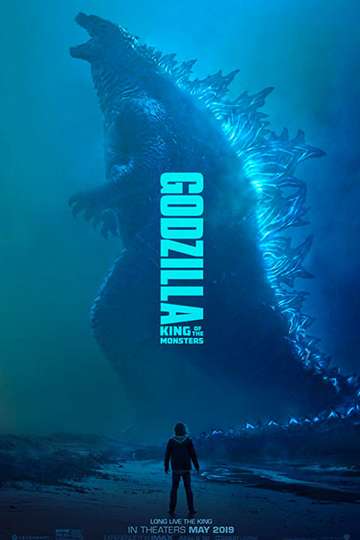
Godzilla: King of the Monsters
Follows the heroic efforts of the crypto-zoological agency Monarch as its members face off against a battery of god-sized monsters, including the mighty Godzilla,... Read the Plot


